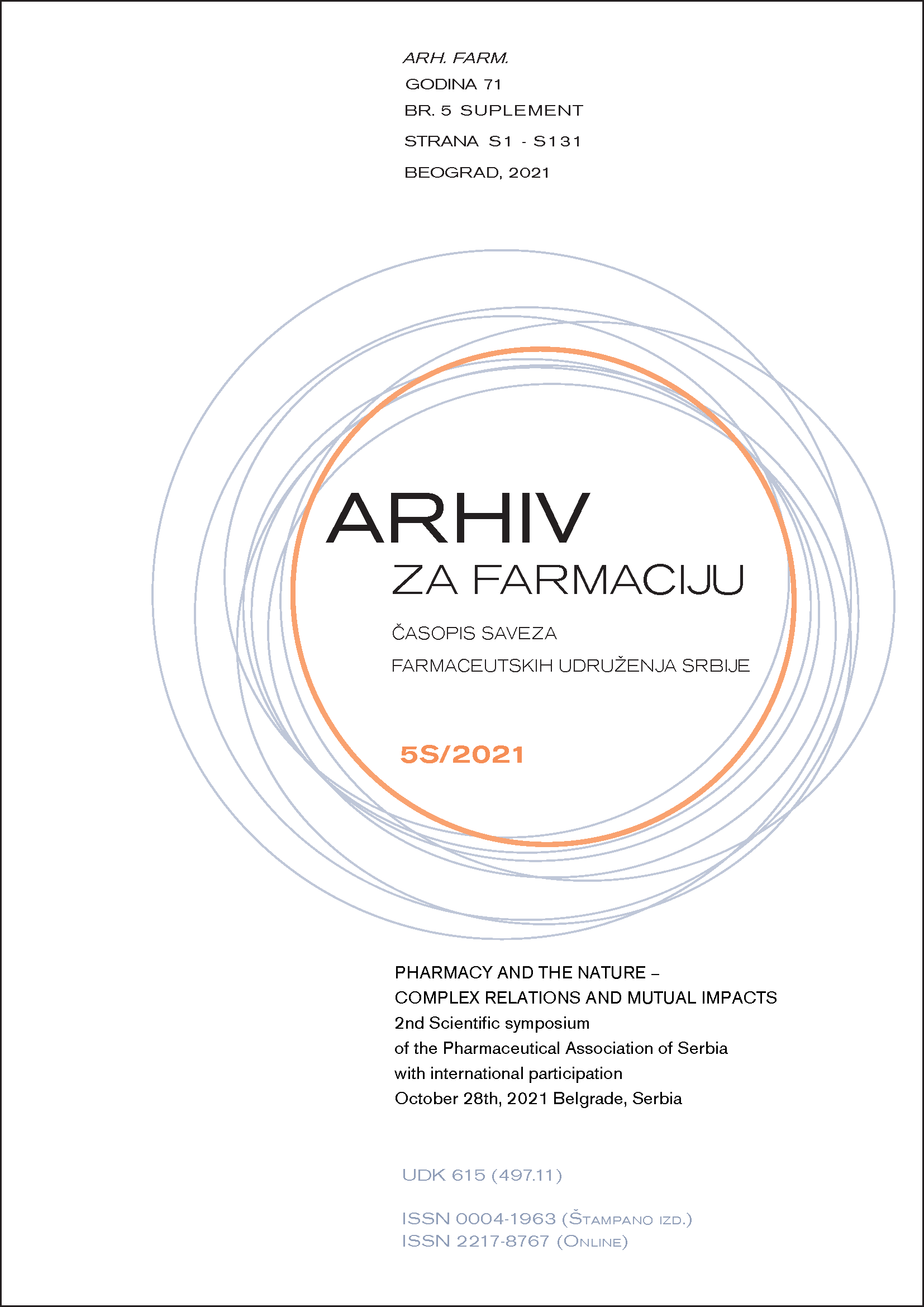ENDOCRINE-DISRUPTING PHARMACEUTICALS IN THE ENVIRONMENT - THREAT TO THE HEALTH AND SAFETY OF HUMANS AND AQUATIC SPECIES?
Abstract
The potential negative effects of pharmaceuticals, especially those with endocrine disrupting (ED) properties, present in the environment has been attracting considerable attention in recent years. These pharmaceuticals enter the environment via anthropogenic activities; however, limited data are available on their fate, behaviour, and pathways. Literature data point to adverse ecological effects of these compounds for example, the feminization of aquatic species due to estrogenic compounds present in different aquatic compartments (1). However, there is no consensus on what risk, if any, these compounds pose to human health. Namely, a lot has been discussed about potential estrogenicity of drinking water and the possible contribution of this phenomenon in the observed rise in human reproductive problems. Although estimations pointed to a negligible risk from synthetic estrogens in drinking water (2), these chemicals have been detected in drinking water at nanogram per litre to microgram per litre concentrations which are the concentrations that potentially can produce adverse effects in humans leading to various endocrine disorders (3). Moreover, it must be considered that humans and other organisms are often exposed to various chemicals mixtures of unknown composition and effects, hence, making the assessment based on a single substance sometimes inadequate. It can be concluded that the presence of pharmaceuticals with ED properties is a rather complex phenomena difficult to predict both due to various pathways they can have in the environment and multiplicity of the effects they can have on human health. However, the evidence collected worldwide are confirming their presence in the environment; hence, future studies need to be pointed towards a better understanding of their fate in the environment, effects of low doses of EDCs exposure and endocrine disorders they can trigger in both animals and humans. Special attention should be also given to the identification of the strengths and limitations of current analytical methods used for their detection and further development of treatment technologies for their removal from water. It is evident that in the future, pharmaceutical research should be pointed not only towards the pharmaceuticals’ development, but also towards the development of risk-based models that can predict the potential sources, fate, behaviour and effects of pharmaceuticals once they enter the environment.

